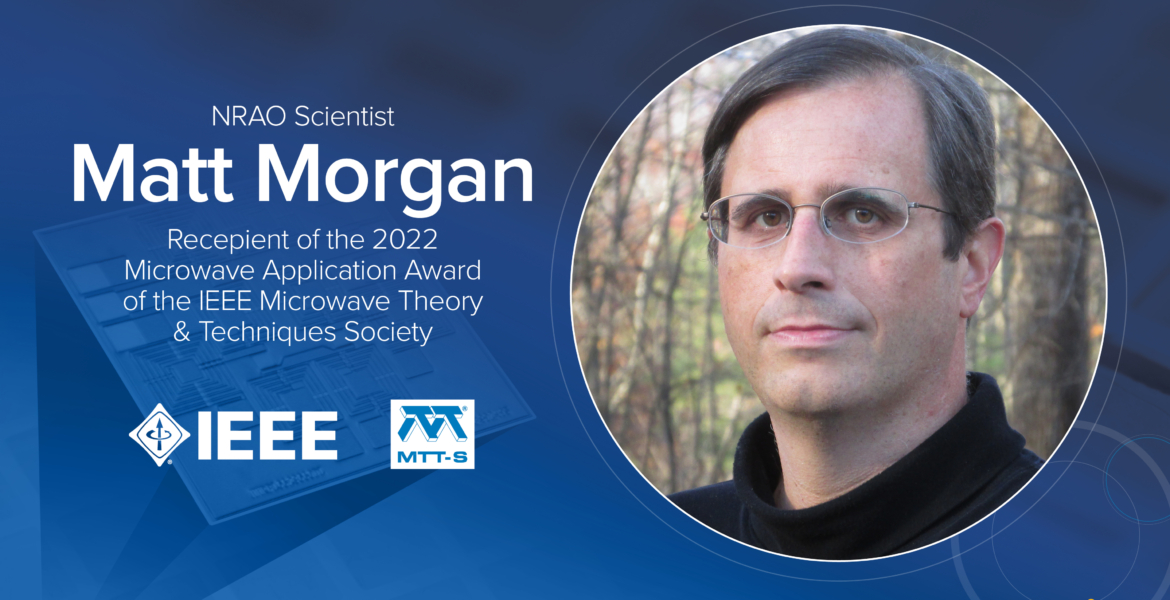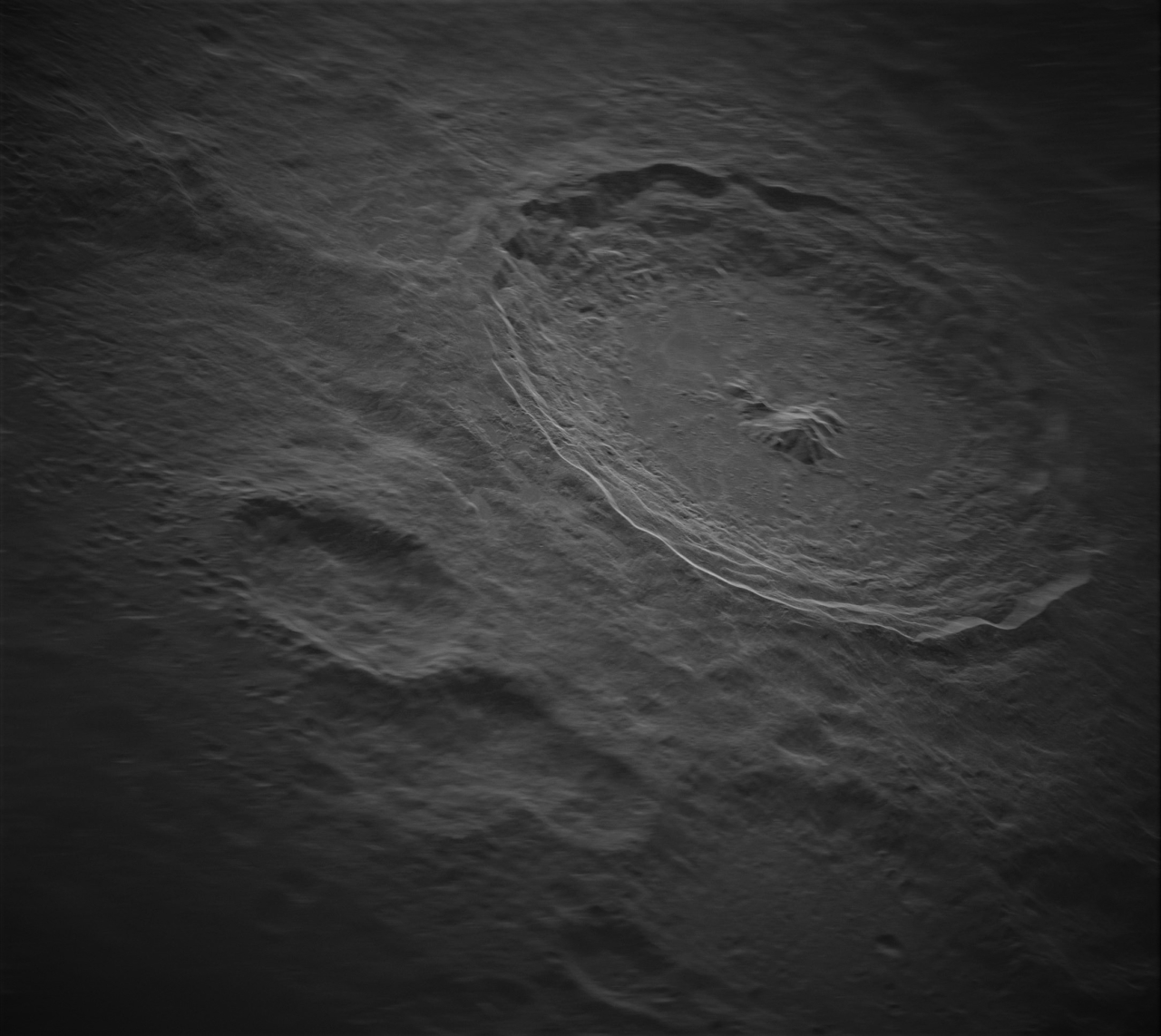Matthew Morgan, a scientist and research engineer at the National Radio Astronomy Observatory’s Central Development Laboratory, has received a prestigious engineering award for work that has beneficial applications far beyond its original purpose in radio astronomy.




